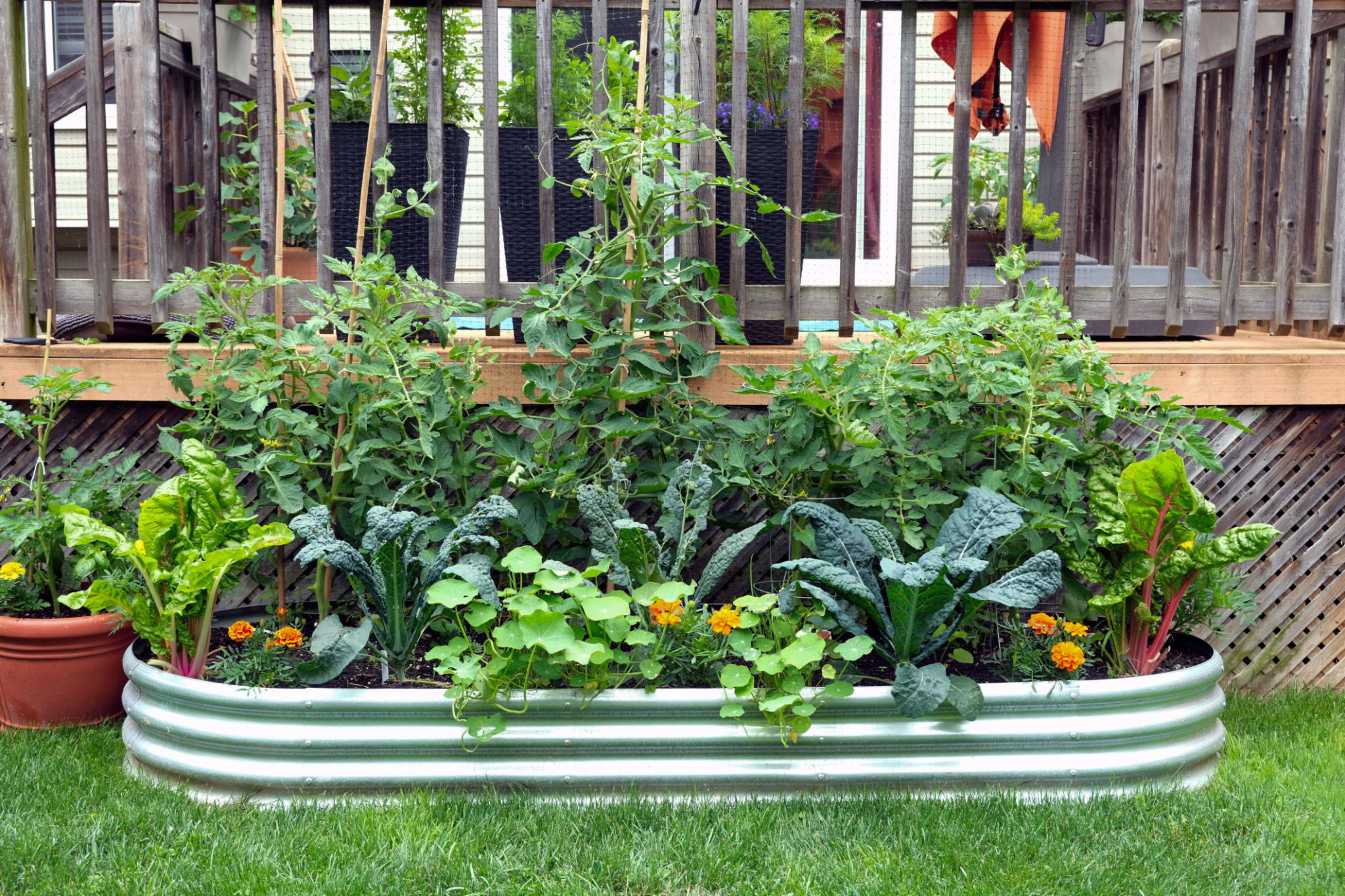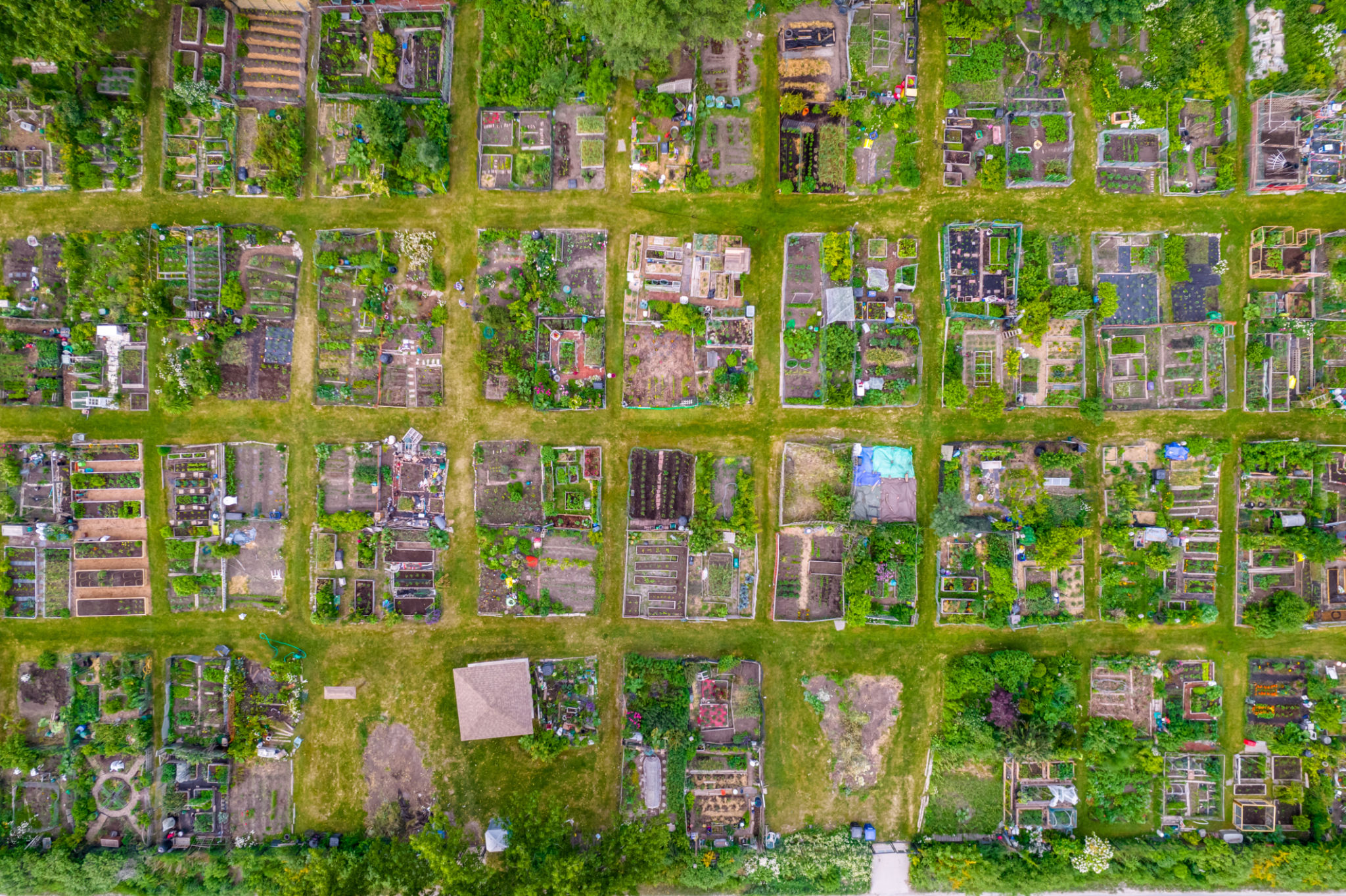Common Myths About Edible Gardens: Debunking Misconceptions
Understanding Edible Gardens
Edible gardens are becoming increasingly popular as more people want to grow their own fruits, vegetables, and herbs. Despite their popularity, there are still many myths surrounding the concept of edible gardening. Understanding the truth behind these misconceptions can help you successfully cultivate your green space.

Myth 1: Edible Gardens Require a Lot of Space
One of the most common myths is that you need a large plot of land to have an edible garden. In reality, edible gardens can flourish in small spaces. Whether you have a balcony, patio, or just a sunny windowsill, you can grow a variety of plants in containers or vertical planters. Space-saving techniques like square foot gardening or companion planting can maximize yields in limited areas.
Myth 2: Edible Gardening is Time-Consuming
While it's true that all gardens require some level of maintenance, having an edible garden doesn't mean you need to dedicate hours every day. Many plants, such as herbs and certain vegetables, are low-maintenance and can thrive with minimal attention. Using mulch can reduce the need for frequent watering and weeding, saving you time and effort.

Myth 3: You Need a Green Thumb
Another misconception is that only those with a natural talent for gardening can succeed in growing their own food. With the plethora of resources available today, anyone can learn the skills needed to maintain an edible garden. From online tutorials to community workshops, there are numerous ways to gain the knowledge necessary for cultivating plants successfully.
Myth 4: Edible Gardens Are Expensive
Starting an edible garden doesn't have to break the bank. Many seeds are inexpensive, and you can even start plants from kitchen scraps such as potatoes or green onions. Utilizing recycled materials for planters or creating your own compost can further cut costs. Over time, growing your own produce can also lead to significant savings on grocery bills.

Myth 5: Pests Are a Major Problem
While pests can be an issue, they don't have to be a major deterrent. There are many natural ways to manage pests without resorting to harmful chemicals. Encouraging beneficial insects like ladybugs, using companion planting strategies, and maintaining healthy soil are effective methods for keeping pests under control.
Myth 6: Edible Gardens Are Not Aesthetically Pleasing
Some people believe that edible gardens are unsightly compared to ornamental gardens. However, edible plants can be just as beautiful as ornamental ones. Many edible plants boast vibrant flowers and lush foliage that can enhance the visual appeal of any garden space. Additionally, combining edible and ornamental plants can create a visually stunning and functional garden.

Embrace the Benefits of Edible Gardening
Debunking these common myths reveals that edible gardening is accessible, cost-effective, and rewarding. By growing your own food, you not only contribute to a sustainable lifestyle but also enjoy fresh, organic produce right at your doorstep. Whether you're a seasoned gardener or a complete novice, there's no better time than now to start your own edible garden.